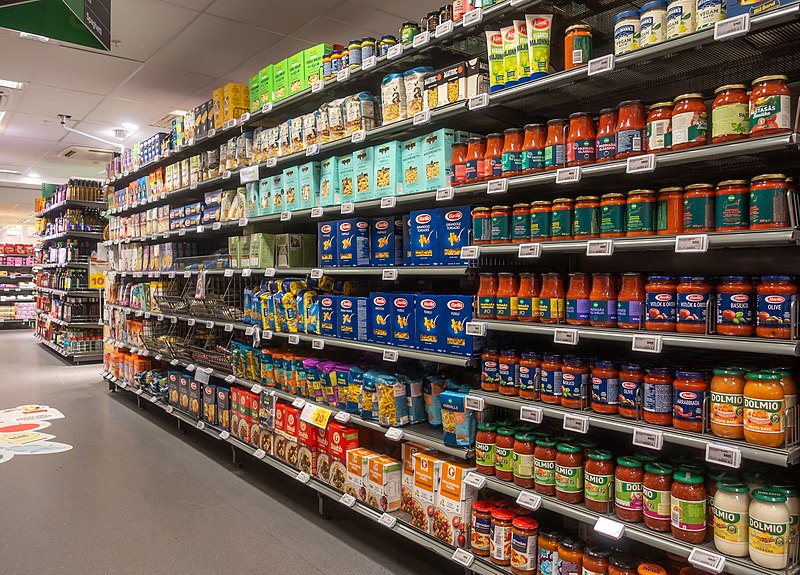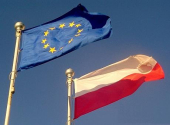
The year-on-year inflation rate in Sweden decelerated to 4.4 percent in December, a decline from the 5.8 percent reported in November, as stated by Statistics Sweden (SCB) on Monday.
The Consumer Price Index (CPI) saw a 0.7 percent increase from November to December, driven partly by higher electricity prices, despite a 38.9 percent decrease compared to December 2022, according to an SCB press release.
While price increases were widespread in December, the overall CPI rise was partially offset by a 5 percent decrease in fuel prices from November, the release noted. In a separate press release, SCB highlighted that food prices were 5.5 percent higher in December compared to the same period in 2022.
"Compared with December 2022, prices were up in eight out of eleven product categories. Sweets and ice cream increased the most in price, with 12 percent. Fish increased by over nine percent," noted SCB Price Statistician Caroline Neander.
Fruit and vegetable prices also rose by 9 and 9.2 percent, respectively, the document stated. Neander pointed out significant increases in individual items, such as cauliflower (up over 47 percent), sugar (nearly as much), and tomatoes (more than 34 percent).
While the overall food price increase remained substantial in 2023, it marked a notable decrease from the 18.6 percent reported in December 2022. Neander emphasized that the actual food price increase last year was more than three times the increase between December 2020 and December 2021 and six times larger than the increase between 2019 and 2020. Photo by Frankie Fouganthin, Wikimedia commons.








































